Pentax K-S2 brings rugged versatility to the DSLR market
First shown as a 'reference camera' at CES 2015, the new K-S2 is aimed at outdoor enthusiasts
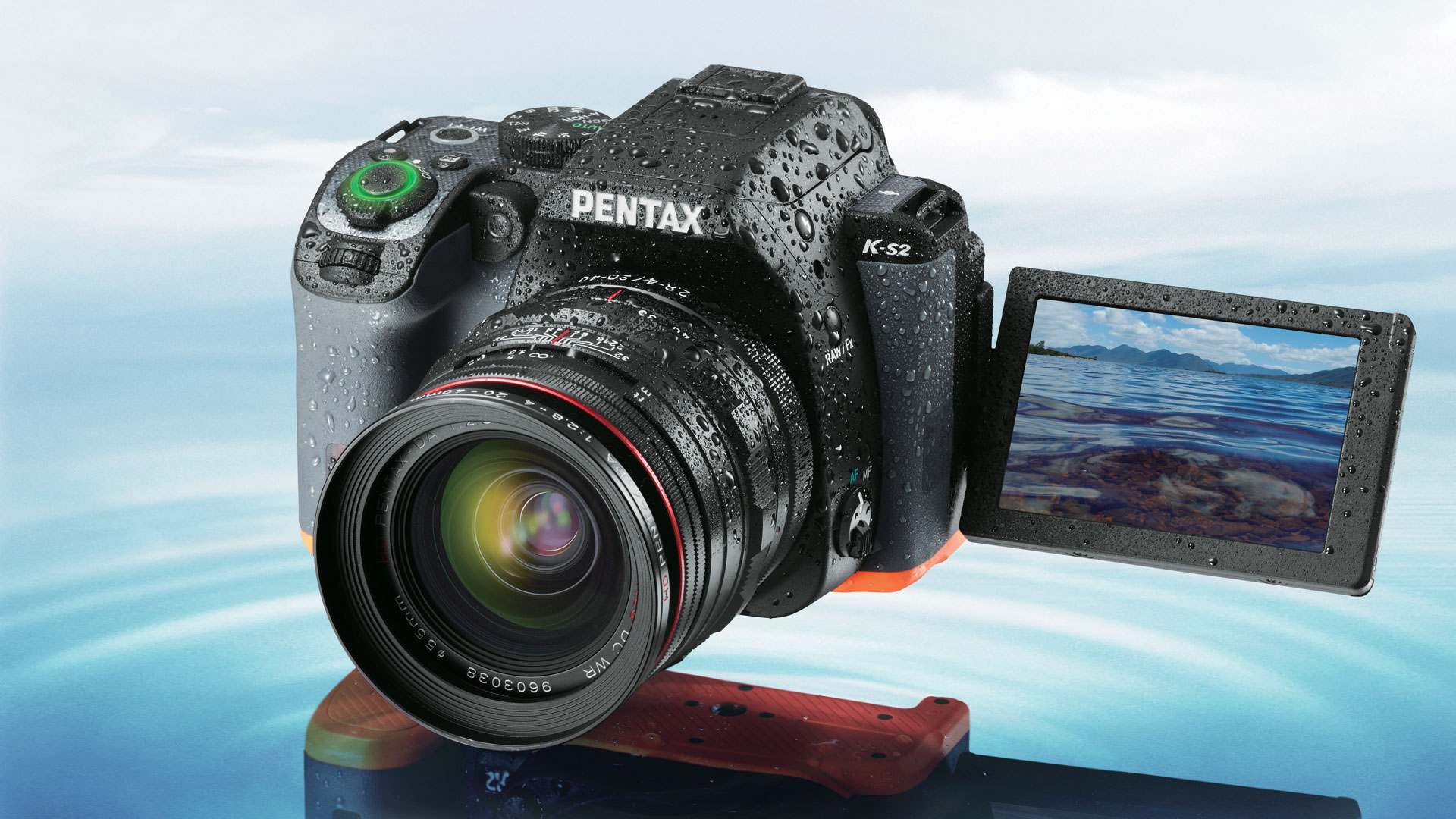
This new enthusiast-orientated DSLR is the Pentax reference camera first shown at CES 2015 – and it's a far cry from the Pentax K-S1 model it launched last year. The sensor specs are the same, but where the K-S1 comes across as a neon-lit novelty (actually, it's better than that), the K-S2 is a much more sober release with a robust design and, for Pentax, some technological firsts.
- Camera reviews and news
- Pentax K-S1
- Best DSLR: how to choose the right one
One of these is its fully-articulating rear screen, seen plenty of times on other DSLRs but never before on a Pentax. This uses 'airless gap' technology to fill the space between the LCD and its protective cover and improve visibility in bright conditions.
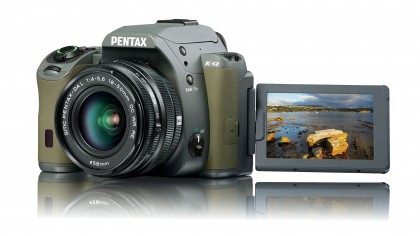
Another first is the K-S2's built-in Wi-Fi and NFC communication. Again, this has been done plenty of times before, but not by Pentax. This works alongside a dedicated smartphone app and allows you to control the K-S2 remotely.
This makes it sound like Pentax is playing catch-up with other DSLR makers, but the appeal of Pentax cameras has often been in the engineering and mechanical specifications. The in-built sensor-based SR Shake Reduction system has proved very effective in the past, the K-S2 can shoot continuously at 5.5 frames per second and the maximum shutter speed is 1/6000sec – a whisker faster than the 1/4000sec maximum of most direct rivals.

It comes with a new kit lens, too – a retracting 18-50mm f/4-5.6 lens we first described back when the K-S2 was simply a Pentax reference camera. This camera/lens combination is still bulky if you compare it to compact system cameras, but it looks usefully smaller than the average DSLR/kit lens combination. Even though it uses a retracting mechanism, this lens is weather-resistant, just like the K-S2 itself.
Sensor facts
Inside, the K-S1 uses the same 20-megapixel APS-C size sensor as the K-S1, with a maximum sensitivity of ISO 51200.
Other makers are experimenting with the removal of the anti-aliasing, or low-pass filters in front of the sensor to increase the very fine detail rendition, but Pentax has found a novel way of offering both options in one camera. The sensor has no low-pass filter, so there is, in theory, the possibility that you may see moiré interference effects with very fine patterns and textures. If so, you can use the camera's anti-aliasing 'simulation' mode. This applies a tiny vibration to the sensor during the exposure to minutely shift the photosites and replicate the effect of a low pass filter.
Sign up for breaking news, reviews, opinion, top tech deals, and more.
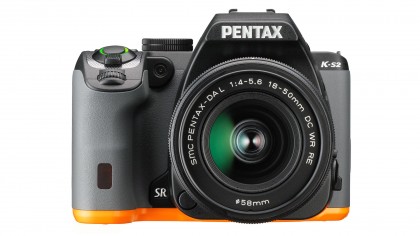
Exposure metering is taken care of by a 77-zone system which factors in subject position and distance, with centre-weighted and spot metering available too.
The autofocus system has 11 AF points, including 9 cross-type. It's not the most sophisticated, especially when it's paired up with cheaper Pentax lenses that don't have their own AF motors – but the new retracting kit lens has its own built-in DC motor, so the AF system should have a better chance to show its potential.
Design and build
The K-S2 uses a proper glass pentaprism for its viewing system, unlike the cheaper 'pentamirror' designs in entry-level DSLRs.
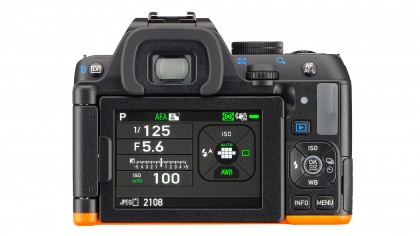
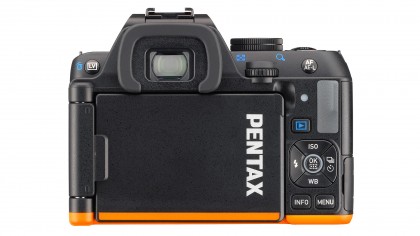
The twin control dials make it much easier to apply manual shutter speed and lens aperture adjustments and are a must-have for most enthusiasts.
No lens is perfect, but the K-S2 can correct distortion, vignetting and color fringing internally (with Pentax lenses) and a new Clarity Enhancement option gives a localised contrast boost to your images for extra 'punch'.
The K-S2 also offers in-camera dynamic range control, raw processing and a wide range of digital filters.
It goes on sale at £650/US$800 (about AU$1037) with the retracting 18-50mm lens. You get a choice of colors (this is Pentax, after all) – the Nature Collection offers Forest Green, Desert Beige or Stone Gray, while the Sports Collection includes White x Lime, Black x Pink, White x Racing Stripe and Black x Racing Stripe. Other body/lens bundles will be available.

Rod is an independent photographer and photography journalist with more than 30 years' experience. He's previously worked as Head of Testing for Future’s photography magazines, including Digital Camera, N-Photo, PhotoPlus, Professional Photography, Photography Week and Practical Photoshop, and as Reviews Editor on Digital Camera World.